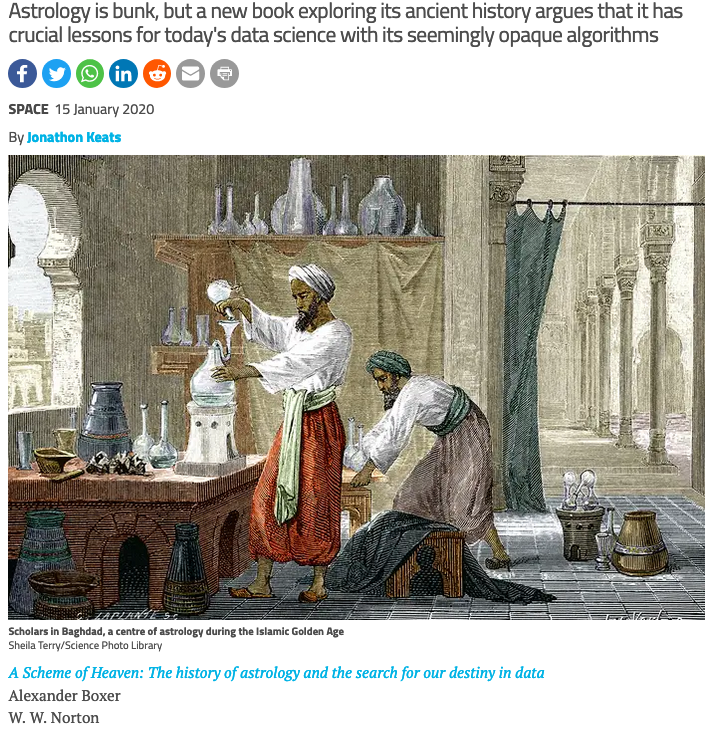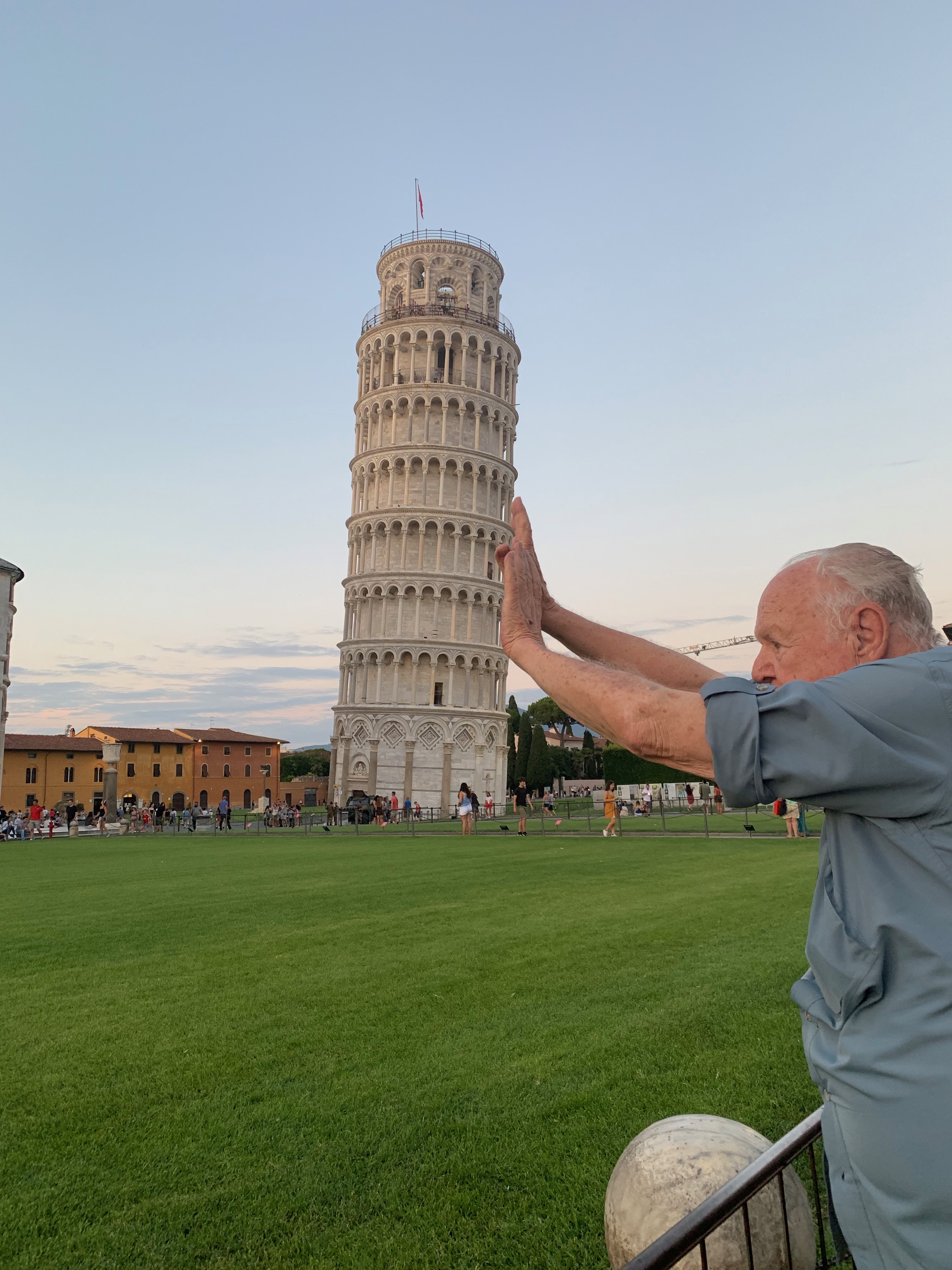
AT THE beginning of the 15th century, Cardinal Pierre d’Ailly predicted the arrival of the Antichrist through, among other astrological signs, the future orbital alignments of Saturn and Jupiter. He foretold that the Antichrist would appear in 1789, which turned out to be the first year of the French Revolution, touted as a triumph of rationalism over religious superstition.
Astrology has spawned such stories for millennia, surviving revolutionary France and the assault of modern science through a combination of celestial intrigue and good luck. In A Scheme of Heaven, data scientist Alexander Boxer tells the fascinating tale of astrology’s ascent in ancient Egypt and Babylon, its influence over the Roman Empire and Elizabethan England and its resurgence in contemporary popular culture.
His entertaining book explains fallacies that have given astrology unmerited credibility, such as the “validation” of predictions so vague almost any event would fit them. Importantly, he also reveals how equivalent sloppiness may distort data science today, especially when researchers mine data sets so vast they find meaning in coincidence.
Astrology is broadly based on a belief in the interconnectedness of the heavens and Earth, and the idea that occurrences in the world can be understood or foretold by the positioning of other planets. Practical implementation of these concepts was by no means trivial. “Astrology was the ancient world’s most ambitious applied mathematics problem,” writes Boxer. The task occupied some of the greatest minds, including mathematician Claudius Ptolemy and astronomer Johannes Kepler.
“Astrology survived the assault of modern science through celestrial intrigue and good luck”
In 2nd-century Alexandria, Ptolemy wrote the Almagest about astronomy and the Tetrabiblos about astrology, two of the most influential texts of the time and still considered authoritative and complementary when Nicolaus Copernicus studied astronomy in the late 1400s.
The influence of astrology grew. In 8th-century Baghdad, the Abbasid caliphate eagerly funded the translation of ancient astronomical texts, and the astrologer Mashallah ibn Athari used the timing and location of alignments between Jupiter and Saturn to account for the Great Flood and the birth of Christ, as well as to predict future conflict between Persians and Arabs. This system was later used by d’Ailly to anticipate the Antichrist and by Kepler to account for the death of Queen Elizabeth I.
As Boxer observes, Mashallah’s orbital calculations were impressively accurate and Ptolemy’s underlying formulas remarkably astute. Astrology, then, both benefited from and contributed to astronomy – and to instruments such as the astrolabe. The work of astrologers, argues Boxer, “led directly to Copernicus’s revolution, and, from there, to modern science”.
Boxer doesn’t apologise for astrology’s flaws, such as the French Revolution standing in for the Antichrist, but observes “with enough data… enterprise and ingenuity, the ‘mathematician’ can generally make whatever connections he or she wants”.
This problem remains, as does the data-mining proclivity of astrologers, who search for patterns unconstrained by theory. “Astrology has been the butt of scientific ridicule because it uses algorithms which seem completely arbitrary,” writes Boxer, adding the same can be argued against “increasingly opaque machine learning models”. It is easy to imagine Mashallah at Google.
Scientists shudder at the revival of astrology via apps and social media. The irony is they may yet have things to learn from it.
